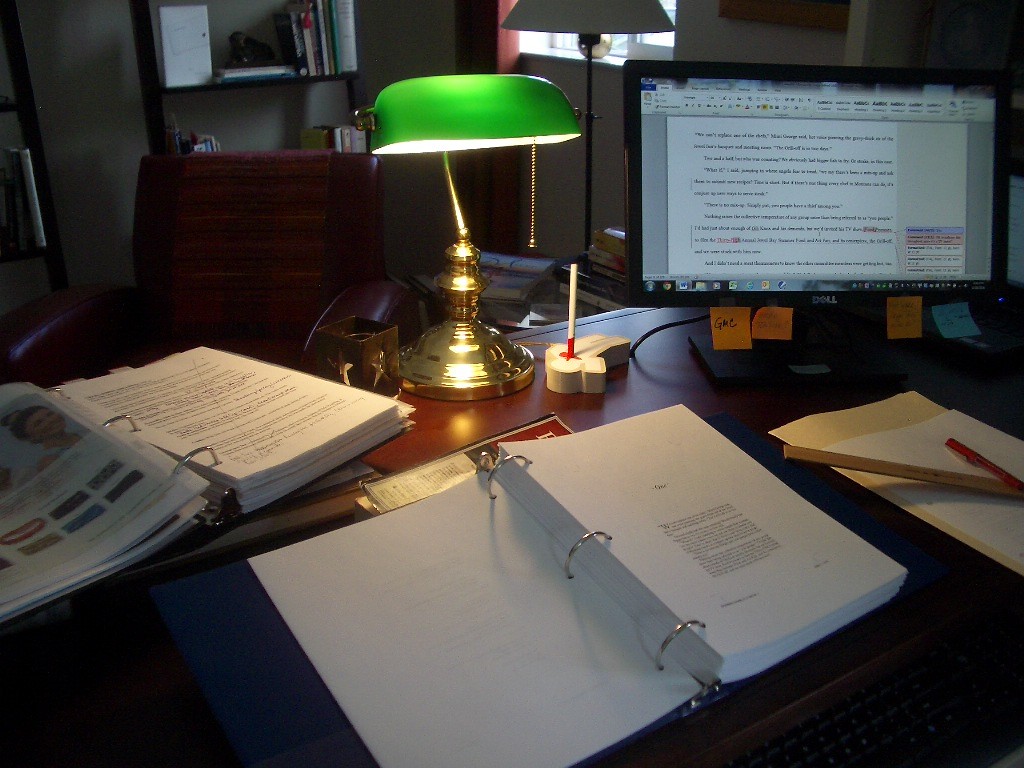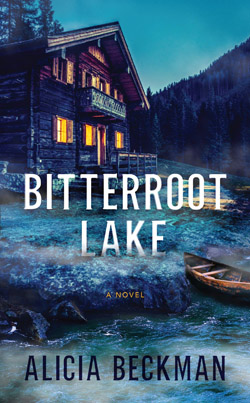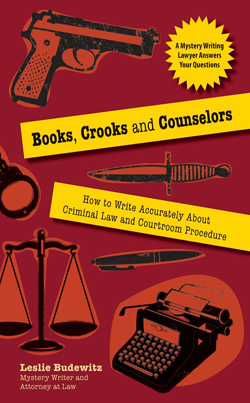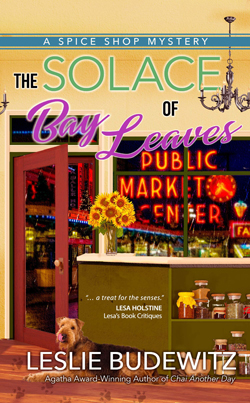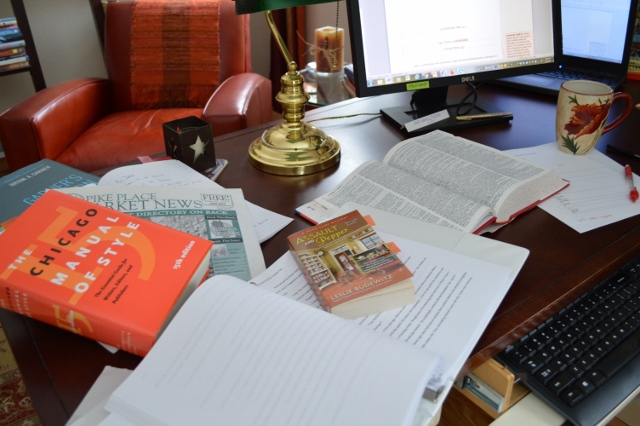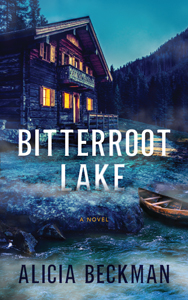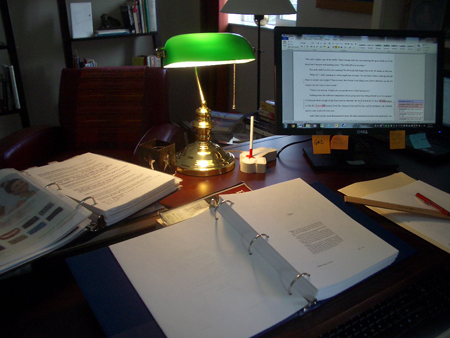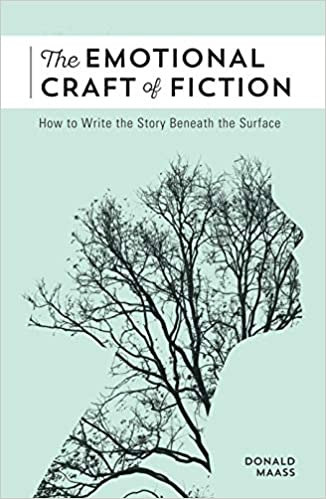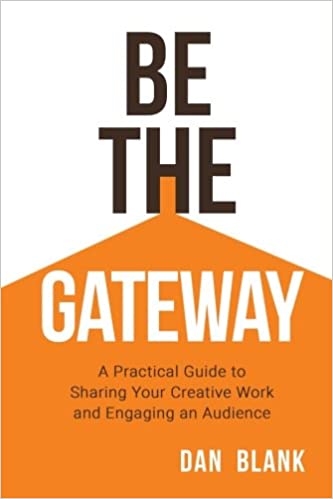Once upon a time, we put on real clothes and went out into the world. Now a good chunk of us work from home in our torn jeans (and not fashionably torn), sweats, or yoga pants. Our characters, though, are still going about their business, running a Spice Shop in Seattle or a local foods grocer in Montana, and going all kinds of places. Which means that while I can grab the nearest thing on my closet shelf, I actually have to think about what they wear.
And because I live in a small town in western Montana, I don’t get to see the full range of clothing styles I could glimpse in just an hour sitting in the window of Starbucks on 5th Avenue in Seattle or nursing a cappuccino in a hip Missoula coffee house. When I do get out of town, I’m always looking, looking, looking. Turns out city lawyers don’t dress as formally as when I was a downtown Seattle lawyer—except when they do. There’s a lot wider range of styles and outfits these days.
Both physical magazines and catalogs and websites are a great source. Of course, you have to look beyond the companies you shop from. For Erin, my 32-year-old Montana girl, I browse Title 9, Athleta, REI, and other companies with an outdoor or “activewear” style. Her mother, Francesca, dresses from the pages of Soft Surroundings. For a special event, I’ve dressed characters from J. Peterman — take a look; the catalog copy itself is pretty wild. Pepper, who runs the Spice Shop in Pike Place Market, wears black yoga pants and T-shirts with her shop apron on workdays, but I let her go bright, bright, bright away from work, and on dry days, she loves to wear a pair of petal pink Mary Janes she splurged on in Assault & Pepper.
For Bitterroot Lake (coming April 13, written as Alicia Beckman), I thought about how different the four friends who are the focus of the story are. Sarah’s quite aware that her upscale Nordstrom look is right on par in her toney Seattle neighborhood, but a little out of place in Deer Park. Janine is a baker who’s showed up in town with only her work clothes. Sarah lends her clothes, but because of the tensions in their relationship, she’s self-conscious about it. Besides, everything’s too long. Nicole — Nic — is a lawyer whose workday wardrobe isn’t too different from the casual pants and fleece jackets she wears on her spur-of-the-moment, long-distance drive to Deer Park.
Dressing the men is even trickier. Around here, for men of a certain age — like the age of the man I’m married to — dressing up means a sport coat over Levi 501s and popping the dried mud off the cowboy boots. (Wear the ones with the nonskid soles this time of year.) Daily wear for the younger men tends toward cargo pants and T-shirts, although the “active wear” influence of the ski slopes and hiking trails is strong, too.
Think carefully about how your characters dress and what their clothing conveys about them. And do tell me some of your favorite tricks and sources for dressing your story people!

